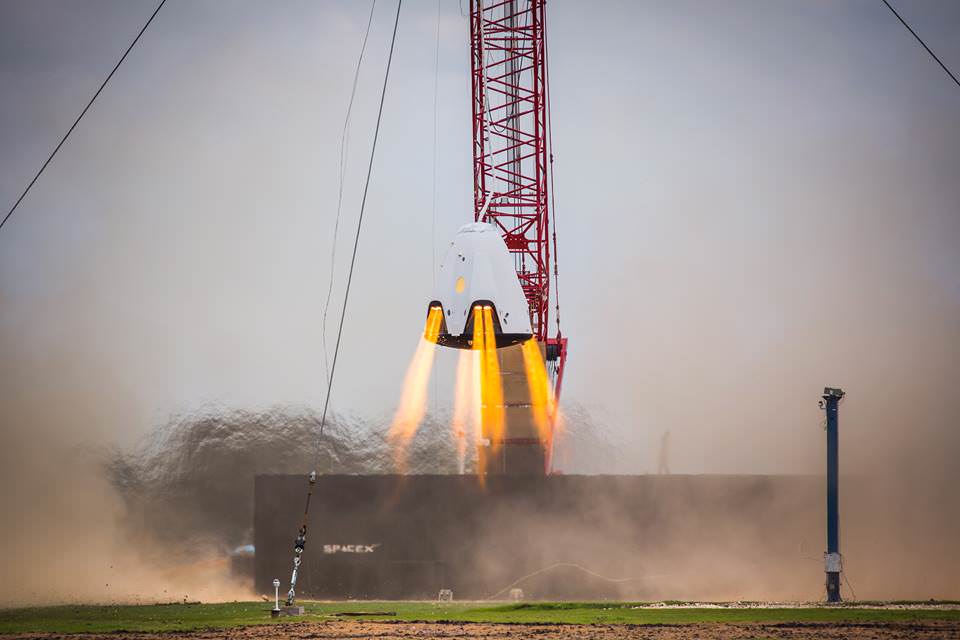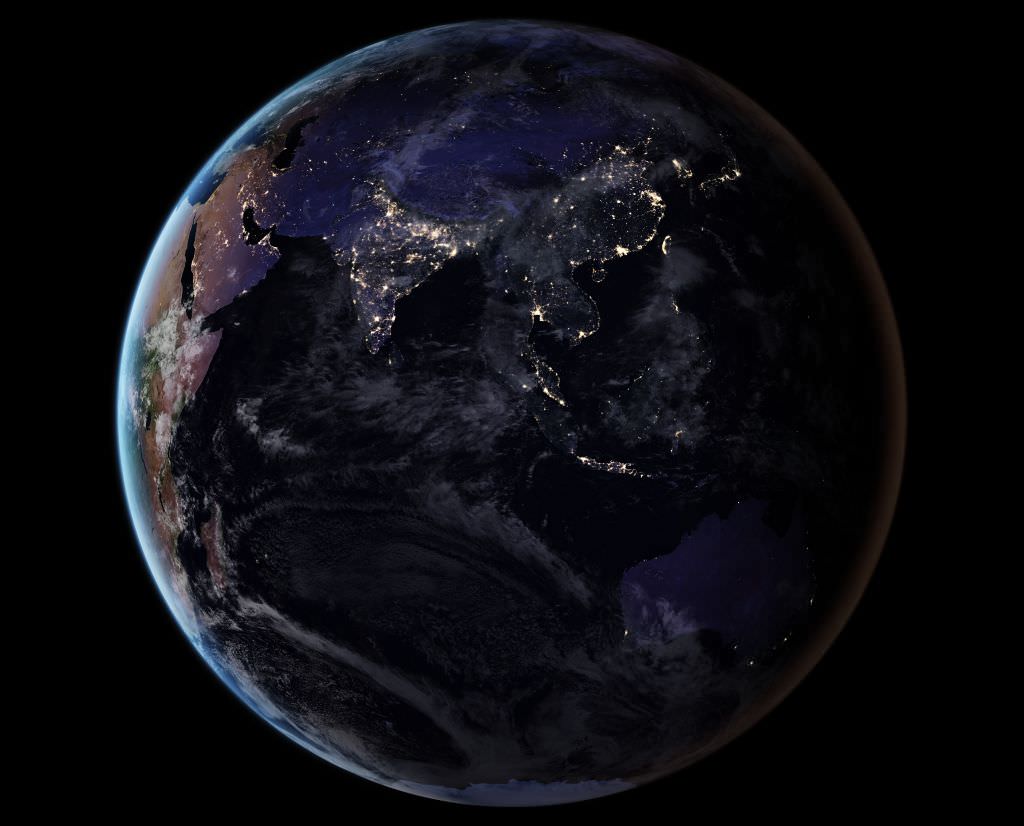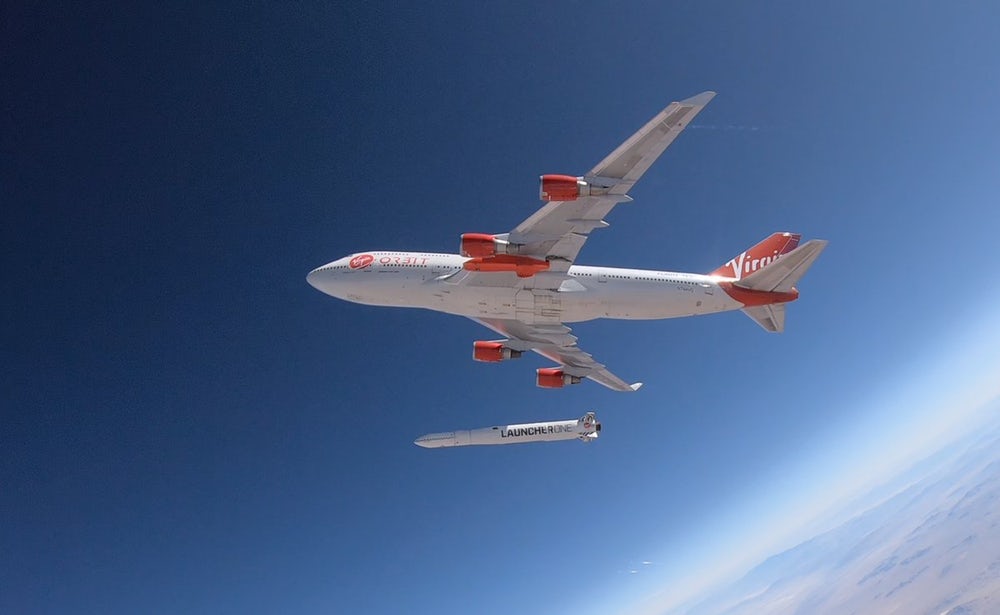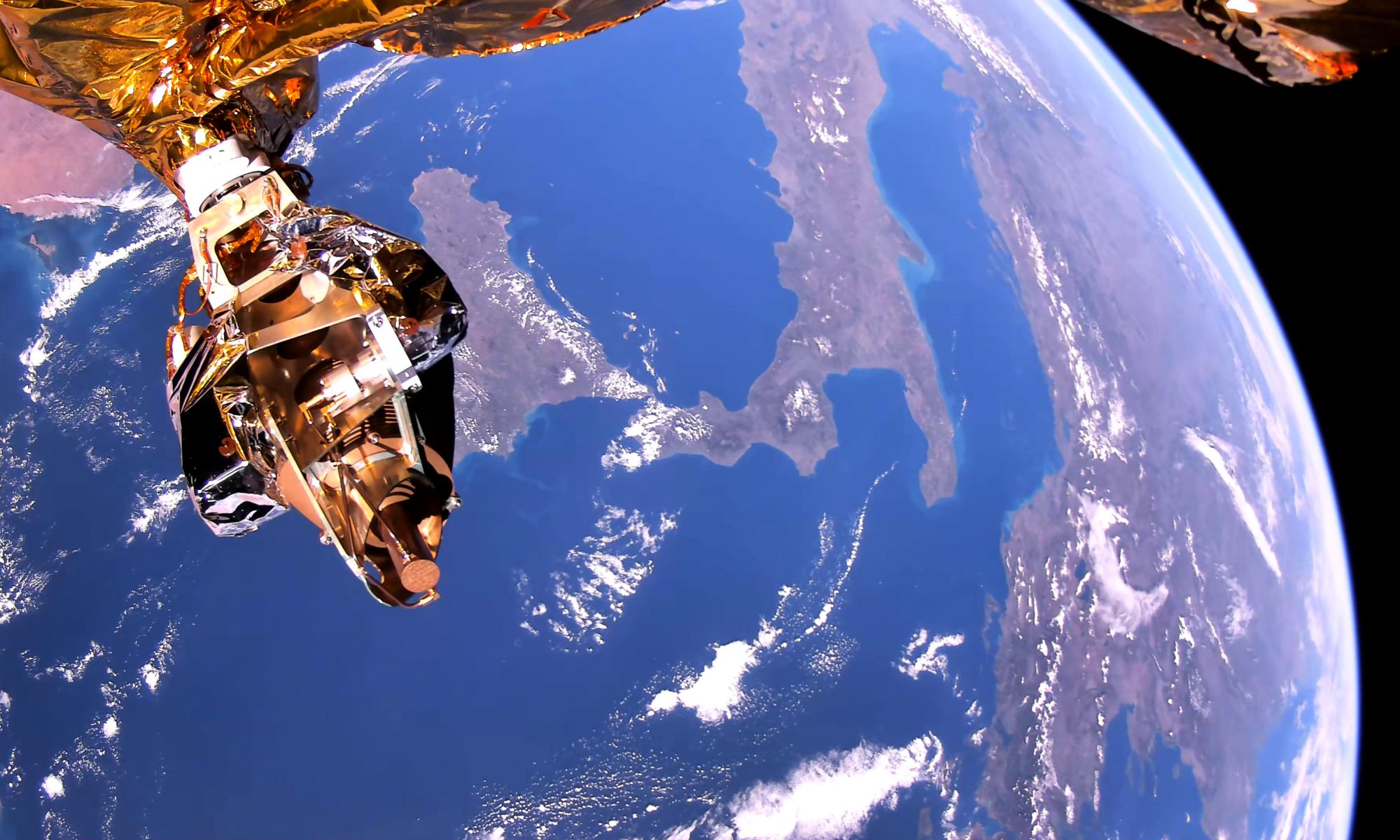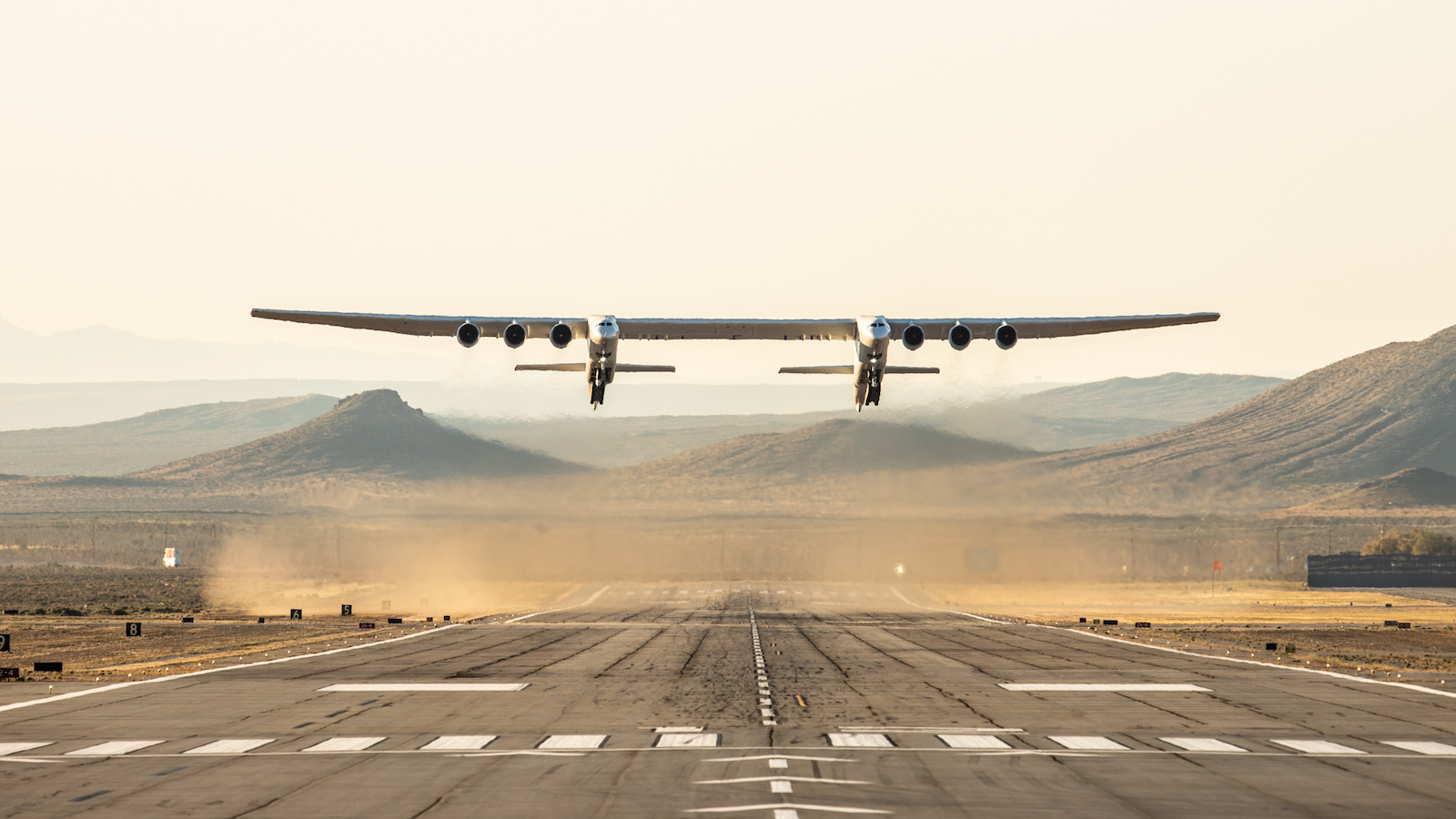On Saturday, April 20th, 2019, an explosion took place on SpaceX’s Landing Zone 1 at Cape Canaveral Air Force Station in Florida. The company was engaged in a series of static fire engine tests for their Crew Dragon‘s In-Flight Abort test vehicle. This vehicle is essential for crewed missions since it acts as a sort of ejection seat for the crew capsule in the event of an emergency.
While the initial tests of the twelve Draco thrusters on the vehicle were completed successfully, the initiation of the final test of eight SuperDraco thrusters resulted in the destruction of the vehicle. After a thorough investigation, SpaceX has concluded that the explosion was caused by a nitrogen tetroxide leak that occurred just prior to the final test.
Continue reading “Crew Dragon Exploded Back in April Because of a Nitrogen Tetroxide Leak”
